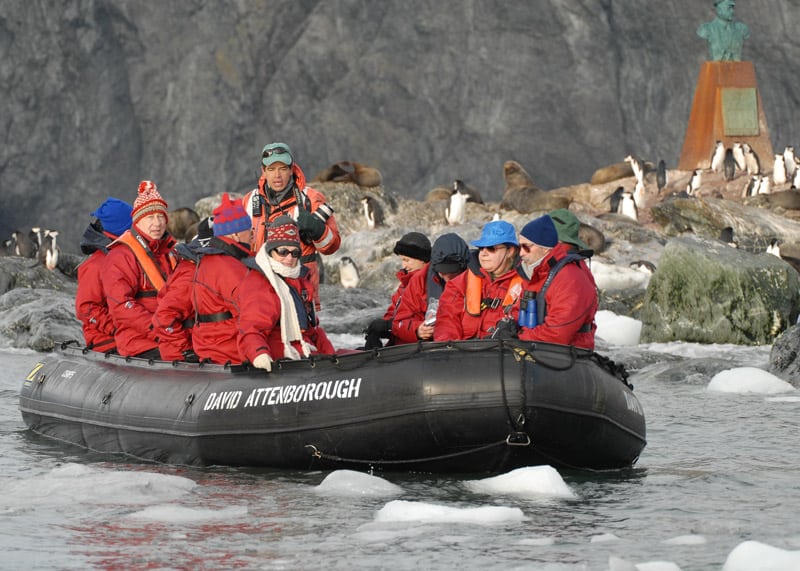Skift Take
This is one travel segment still ripe for disruption. There is high demand for curated tours, but the process for sourcing and training local experts to lead them hasn't become any easier.
There are many startups today that want to turn regular residents, from investment bankers to bakers, into tour guides. This works best in urban areas like New York City and London.
However, long before technology democratized the tours and activities industries, legacy operators like Abercrombie & Kent and Butterfield & Robinson went out into the field and found and trained the experts to lead safaris and Inca trail hikes.
A Legacy Operation
Abercrombie & Kent works with a mix of experienced local guides and expatriates who have lived and worked in a specific region for several years and have five or more years of guiding experience.
Abercrombie & Kent’s process for finding and training guides changes from destination to destination, but has remained relatively the same over time.
For example, the tour company conducts an annual guide training course in northern Tanzania where specialist instructors, lecturers and guides go through courses on topics, including animal behavior and client security. For Antarctica cruises, A&K works with 15 expedition staff that have between 20 and 25 years’ experience.
“Guides must have several years of guiding experience, therefore, training focuses on ‘the A&K difference,'” explains an Abercrombie & Kent spokesperson.
“Each year they attend an intensive two-day seminar devoted to topics such as client expectations, handling unexpected incidents/emergencies, adjusting itineraries to deal with airline delays or unexpected closings, professional image, privacy and security,” the spokesperson says.
Few Digital Changes
Butterfield & Robinson’s trips are led by almost an equal mix of local guides and B&R in-house guides. Its strategy for sourcing guides has changed over time.
Kathy Stewart, now a spokesperson for the tour company, was a guide trainer in 1995. She explains how the company would often find local guides while on familiarization, or scouting, trips.
B&R staff would ask hotels and restaurants about potential guides or sometimes even invite someone they met at bar to come onboard.
“It’s a bit ad hoc,” she admits.
Butterfield & Robinson’s relationship with a tour guide can be distant, as in the case of a museum docent, or extremely close, as with contracted guides that undergo training.
Jonathan Lansdell, a B&R trip designer who plans itineraries for for Africa, the Middle East and Southeast Asia, calls the process of sourcing and training new guides as “boring, time consuming and expensive.”
Lansdell often sources national guides through local destination management companies.
“The little things take a long time to go through when training ,” explains Lansdell, adding that the company hopes to cut costs by creating online training modules.
“We’re rolling them out now but we expect it to cut costs. It doesn’t help finding or sourcing guides any easier. We’re still going to take our staff out there — we want to touch local guides in the beginning and the end of the season.”
It’s the company’s tradition of finding the right national guide to lead each destination that makes it extremely time-intensive to launch operations in a new country. Once the company finds a fit, it often works with the same person — ike it does in Peru — for at least a decade.
“A national guide needs the right local knowledge and the right head space,” says Lansdell. “Part of the reason we don’t roll out a million destinations is because it takes time.”
The Daily Newsletter
Our daily coverage of the global travel industry. Written by editors and analysts from across Skift’s brands.
Have a confidential tip for Skift? Get in touch
Tags: guides, technology, tours and activities
Photo credit: An Abercrombie & Kent guide leads groups along the remote coastlines of Antarctica. Abercrombie & Kent / Flickr
